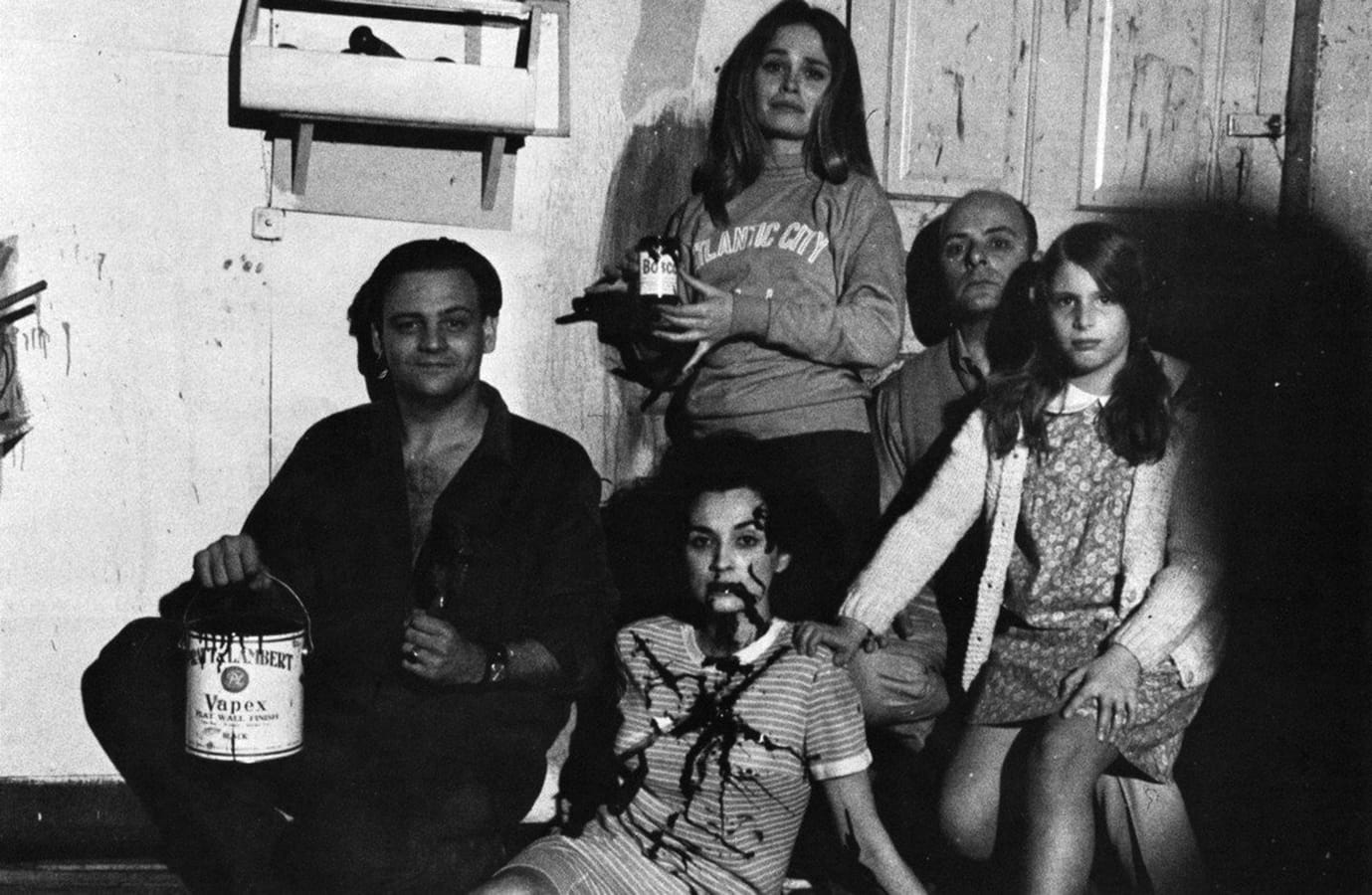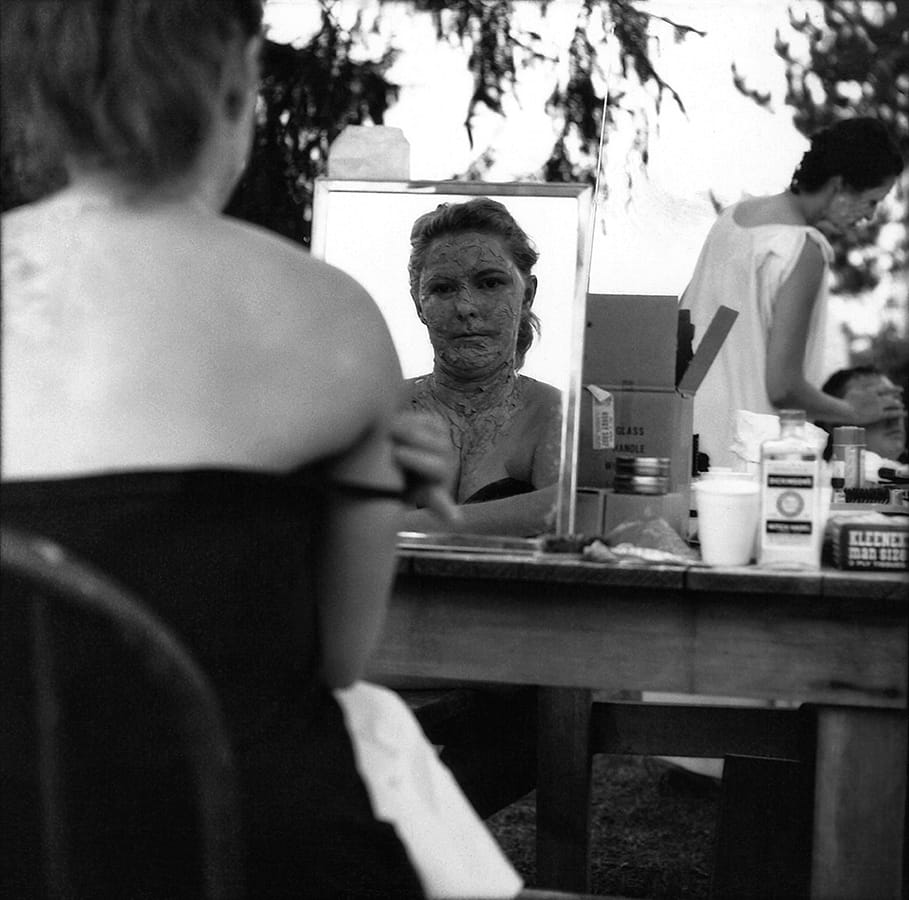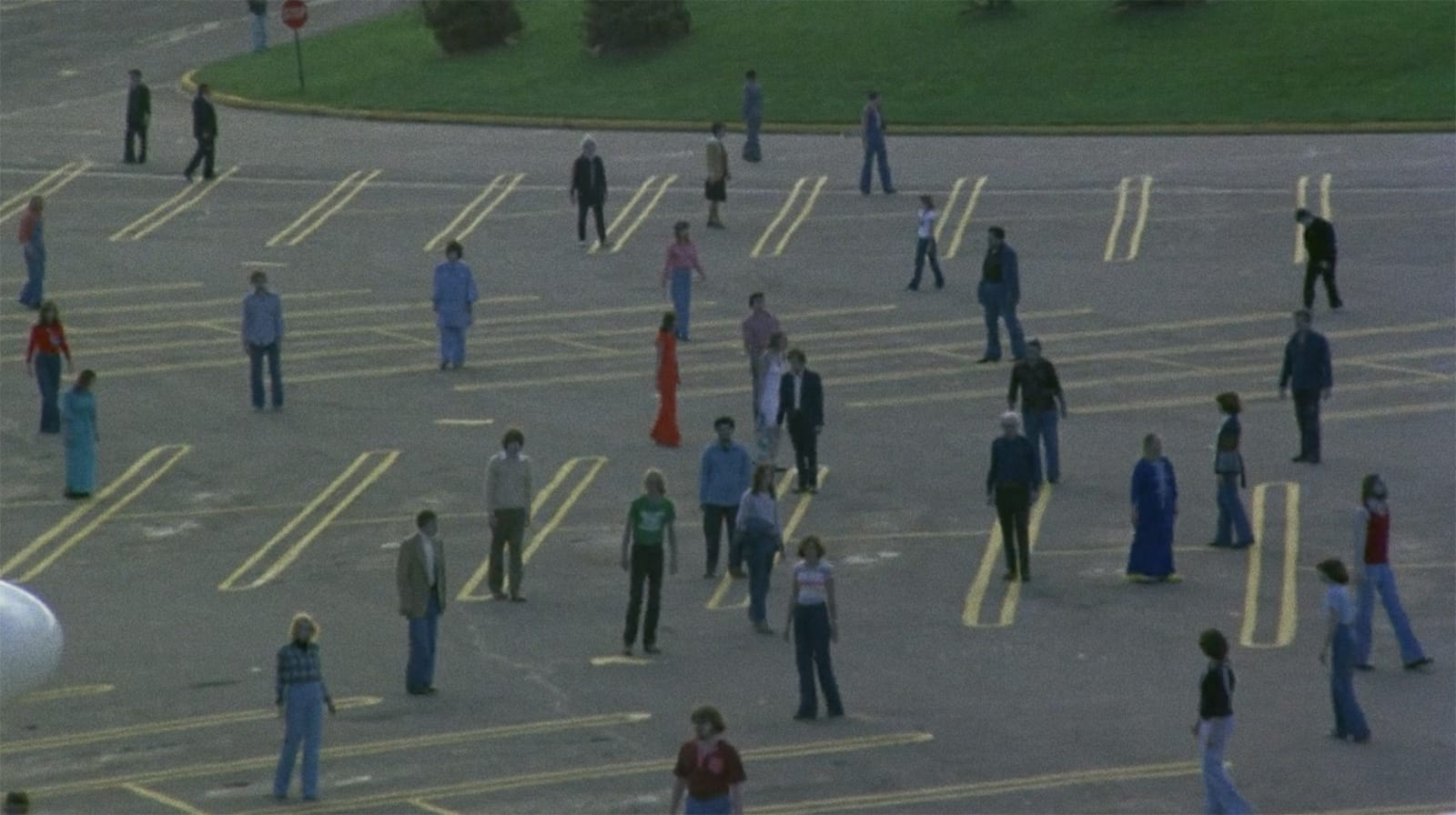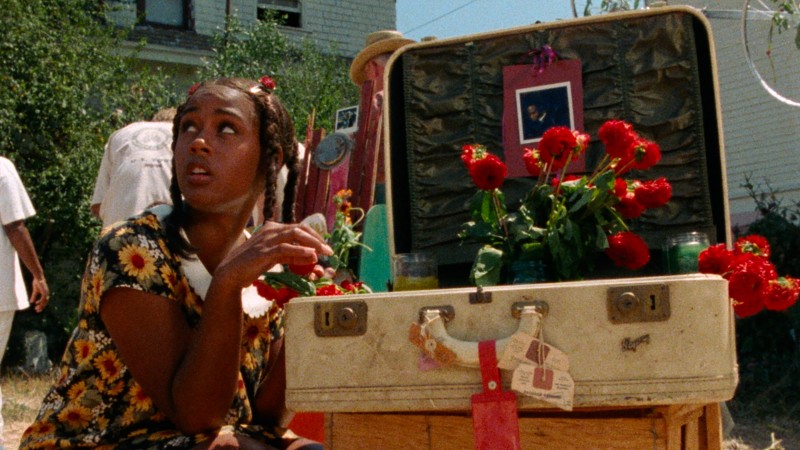Dead Neighbors: Jim Jarmusch on George A. Romero

Half a century ago, George A. Romero’s midnight-movie hit Night of the Living Dead invented the zombie genre as we know it and turned American independent filmmaking on its head. Made on an ultralow budget with a small crew, it tells the chilling tale of a ragtag group of strangers forced to hole up in a Pennsylvania farmhouse as a horde of ravenous ghouls beckon from outside. A few years after its 1968 premiere, Romero was asked in an interview about the problems he faced while making the movie. His response: “Primarily, to forget we were making a horror film. I just wanted them to appear as though they were worried about a snowstorm.” It’s a nonchalantly revealing reply, one that gives insight into the late director’s singular approach and how he infused even the most unrealistic situations with lived experience.
It’s also a sentiment that calls to mind the ethos of the latest auteur to pay homage to Romero, Jim Jarmusch, whose new film The Dead Don’t Die puts his signature idiosyncratic spin on the zombie movie. Starring Bill Murray, Adam Driver, Tilda Swinton, and Chloë Sevigny alongside a gang of past collaborators, such as Iggy Pop, Eszter Balint, Steve Buscemi, Rosie Perez, and Tom Waits, this (un)deadpan comedy centers on a small town whose quiet streets are torn to shreds when the inhabitants of a local cemetery start rising from the grave. Jarmusch treats these creatures with a comic matter-of-factness, and as in Romero’s films, they are more “dead neighbors” than monsters.
Following its opening-night premiere at the Cannes Film Festival last month, The Dead Don’t Die is making its way to theaters nationwide this week. For the occasion, Jarmsuch took some time to talk on the phone with me about the impact of Romero’s work and how Night of the Living Dead served as a “godmother” to his film.
When did you first encounter Romero’s work? He isn’t someone I’ve heard you reference in the past, but clearly he’s had a big impact on this new film?
I saw Night of the Living Dead in the early seventies—not when it came out, but not long after that. Then it became a cult film and I saw it several times, which led me to Dawn of the Dead and Day of the Dead and eventually to other films by Romero, like Martin and The Crazies. But the most lasting impressions of his zombie movies, for me, are from Night of the Living Dead and Dawn of the Dead.
I’m a film nerd, but I’m not an aficionado of the horror genre in particular, so until now I haven’t really referenced Romero, either in my own films or when I’m just talking about films. But of course I’m a big fan. Usually I’m talking about other filmmakers, like Melville or Tarkovsky or Sam Fuller, but I love genres because I like to see what people do using them. They’re like picture frames; you can paint your own thing inside.
I’ve done a number of genre films. I did a black-and-white psychedelic western with Dead Man; Ghost Dog is subverting samurai and hit-man genres; I did a very abstract hit-man movie with The Limits of Control; Only Lovers Left Alive is a love story that’s disguised as a vampire movie; and now I’ve done a zombie movie. I don’t know what’s in store, but I don’t want to do a war movie—no matter how much I love Sam Fuller, I don’t think I would do that.
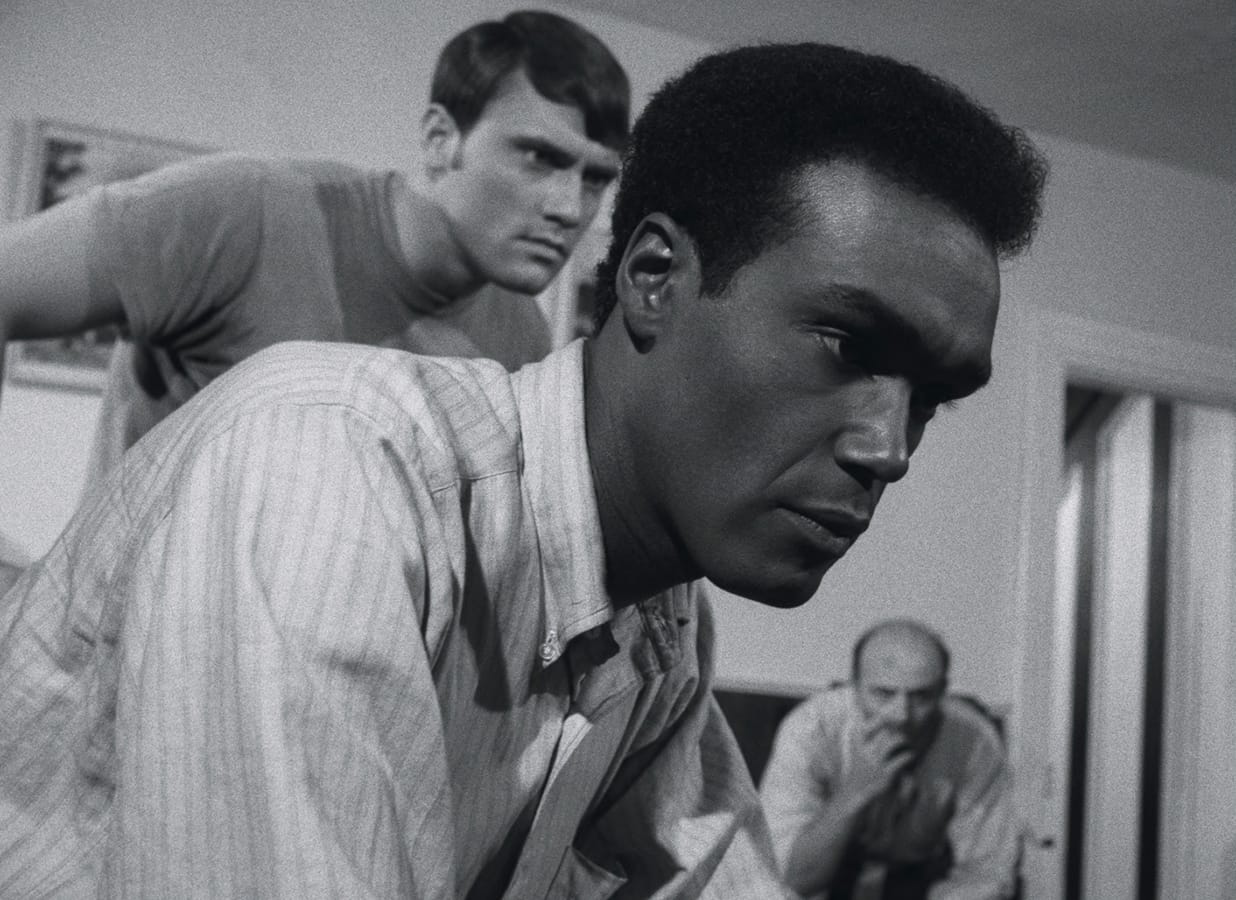
Night of the Living Dead
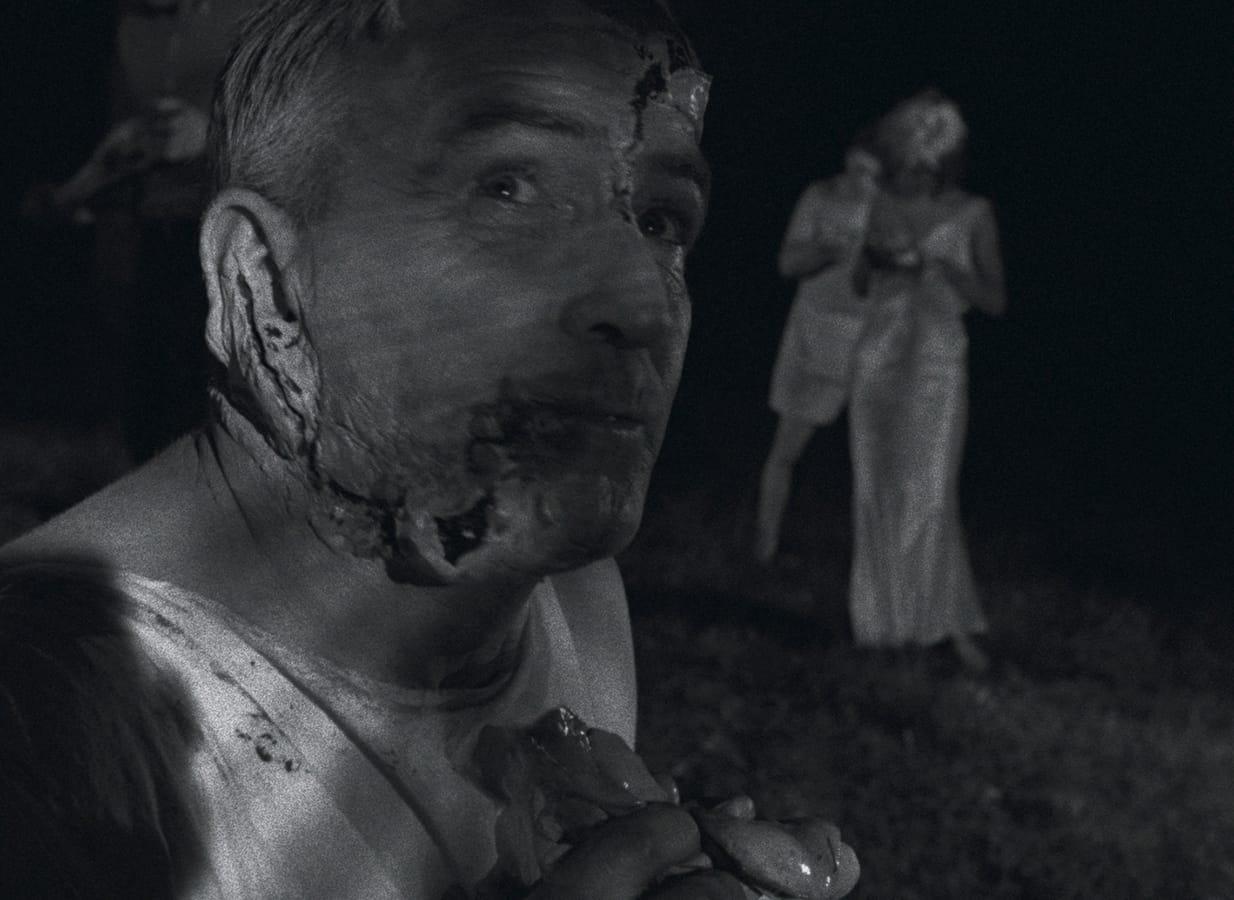
Night of the Living Dead
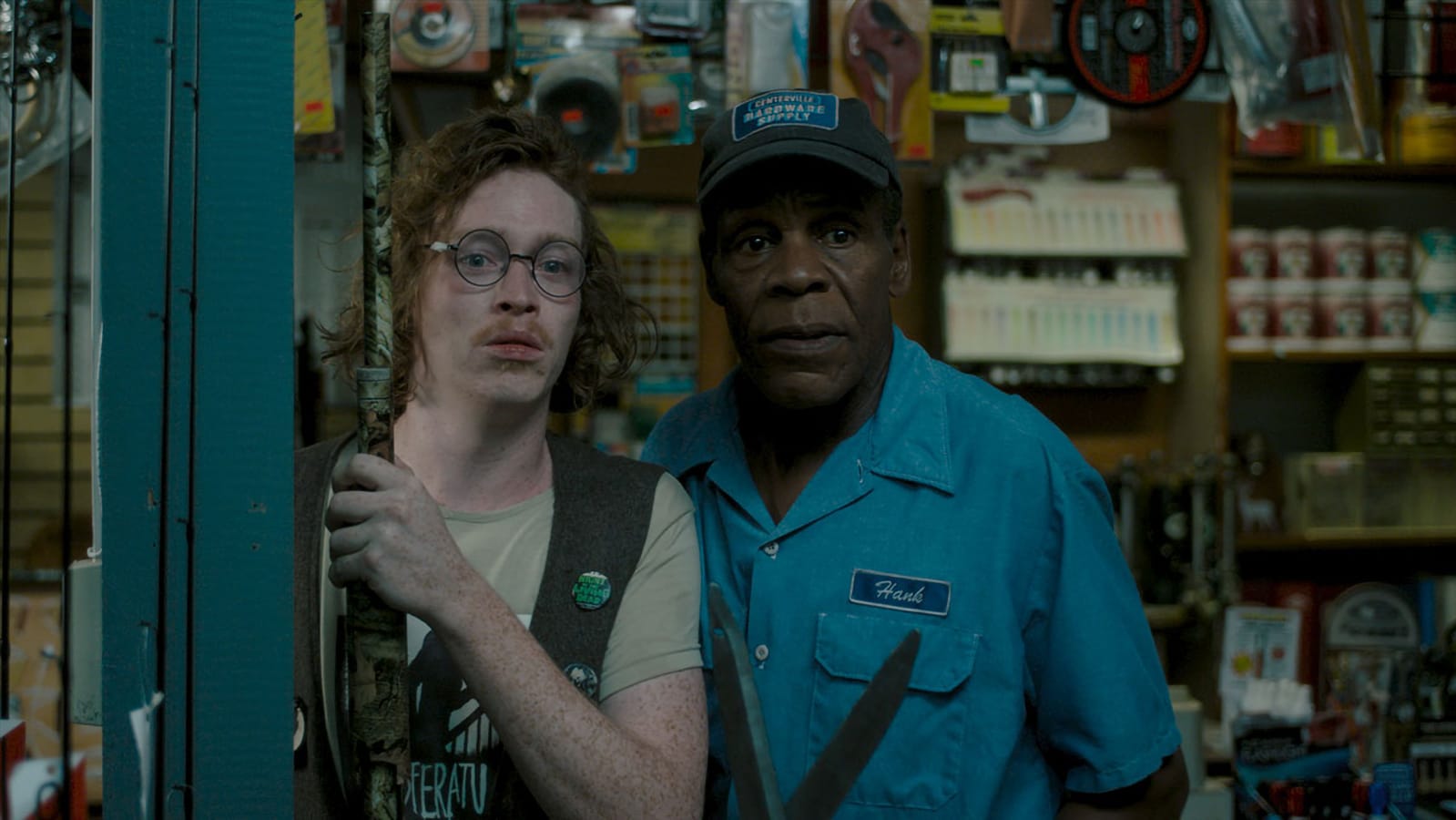
The Dead Don’t Die
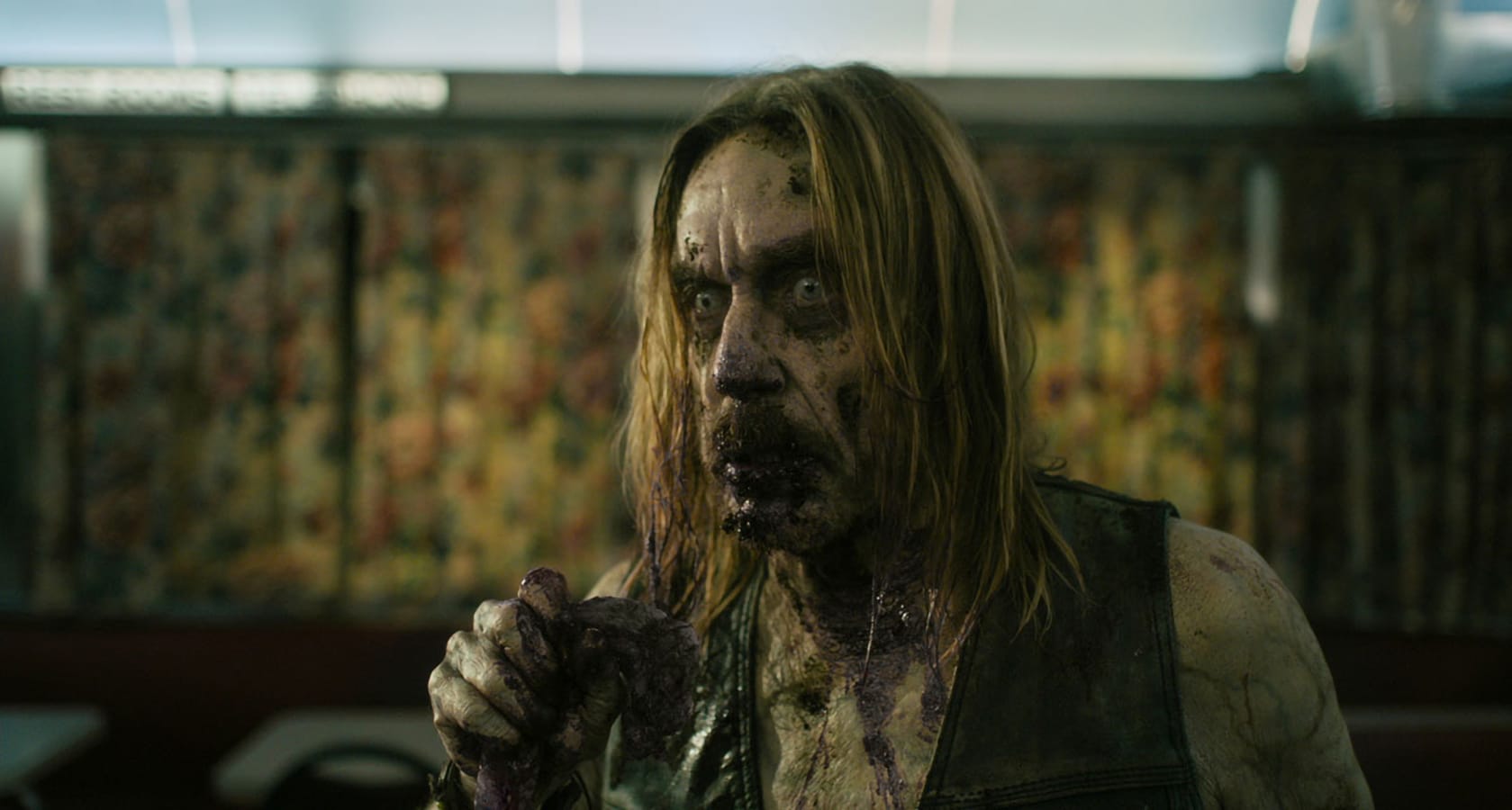
The Dead Don’t Die
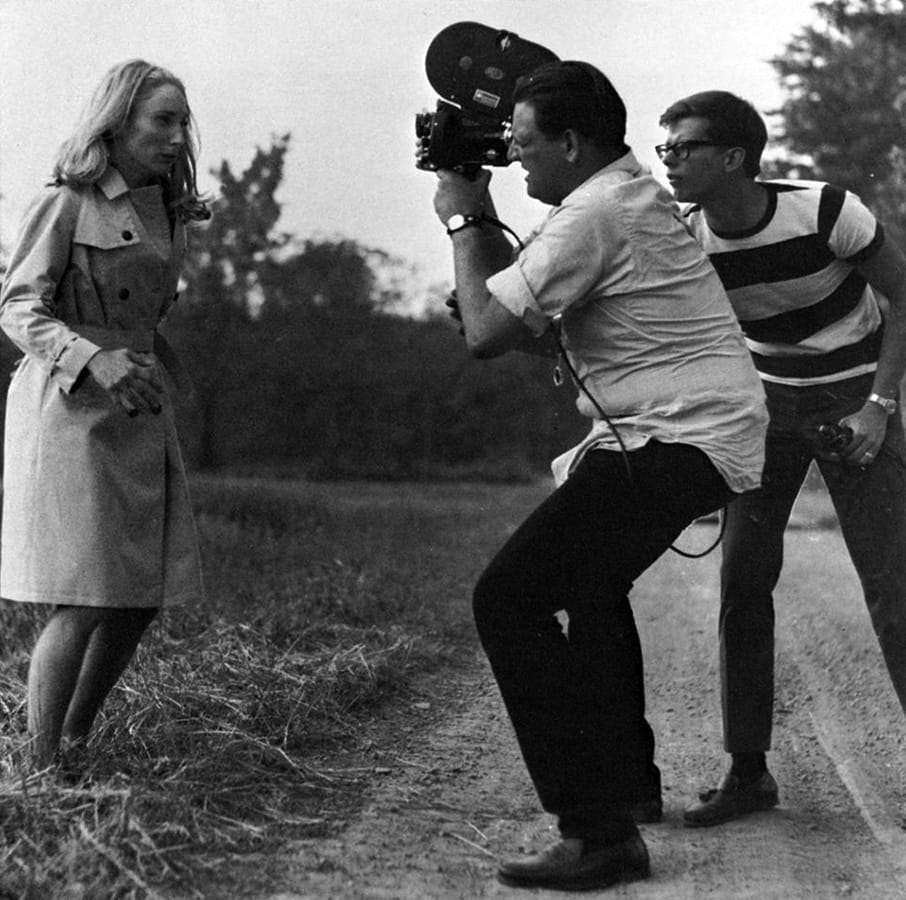
On the set of Night of the Living Dead
